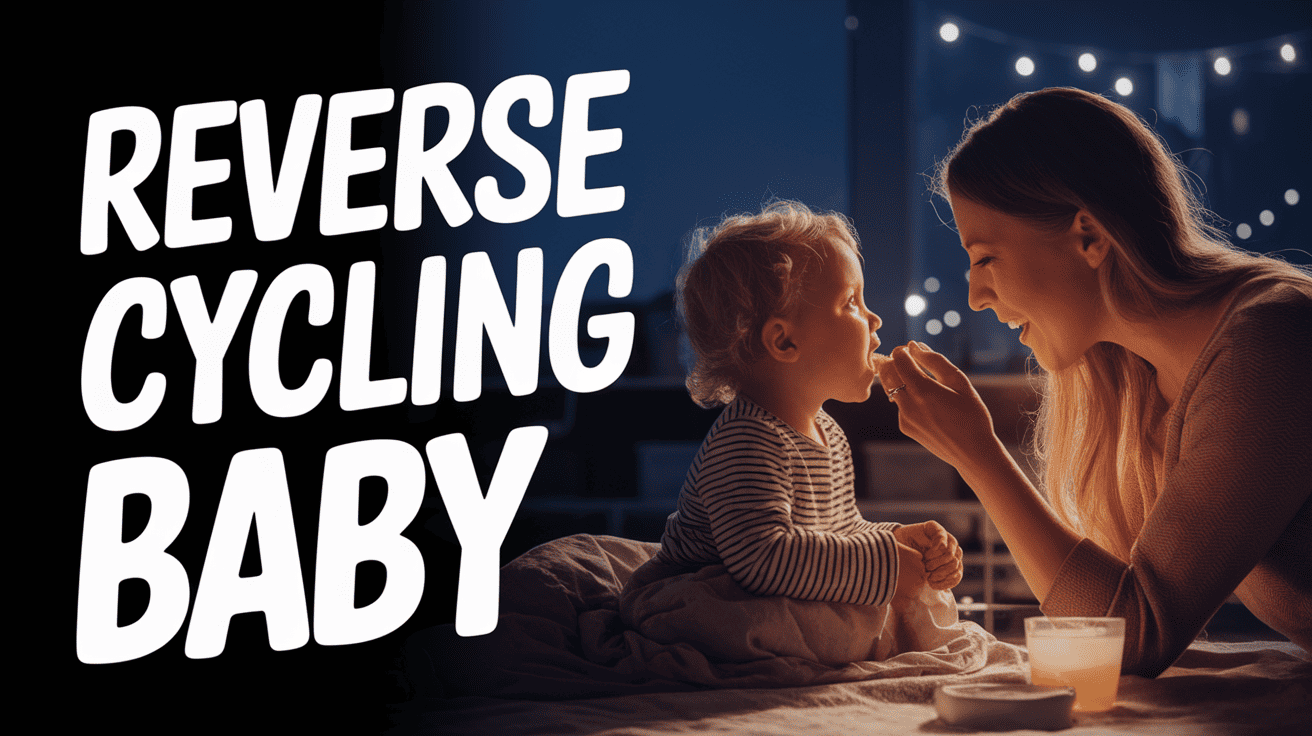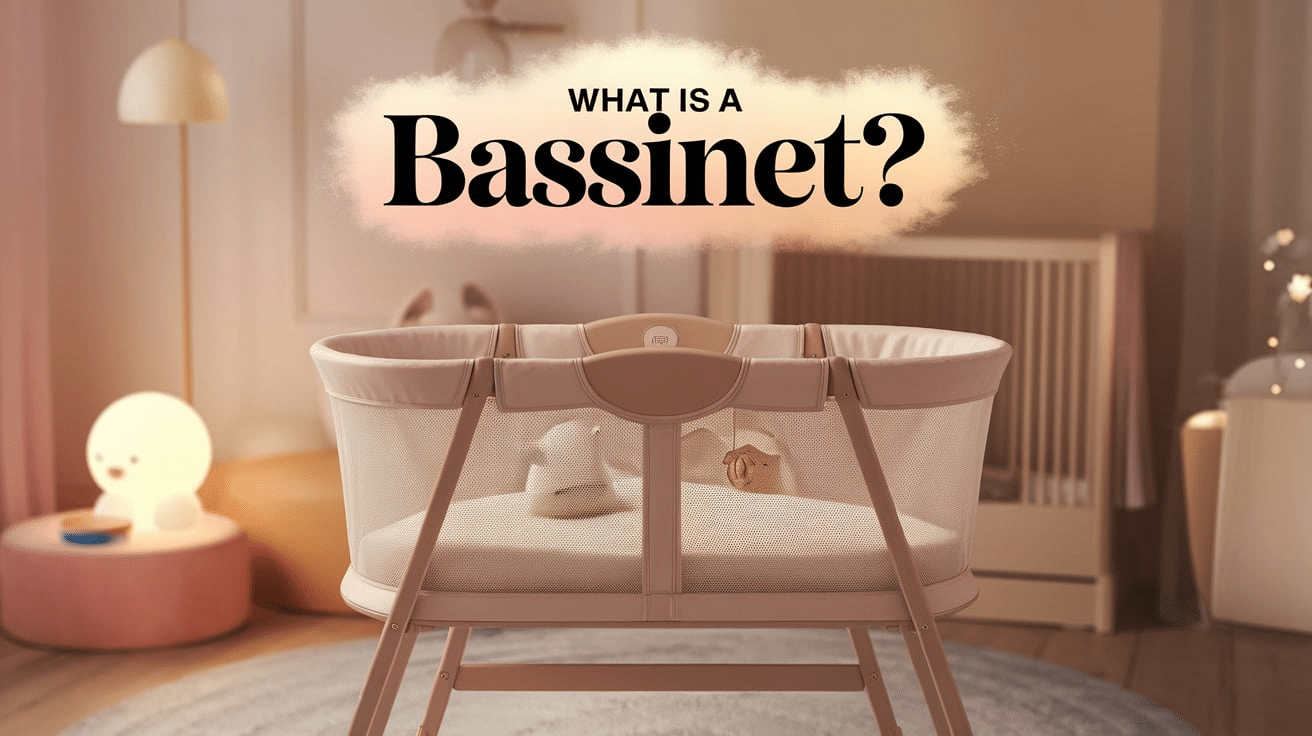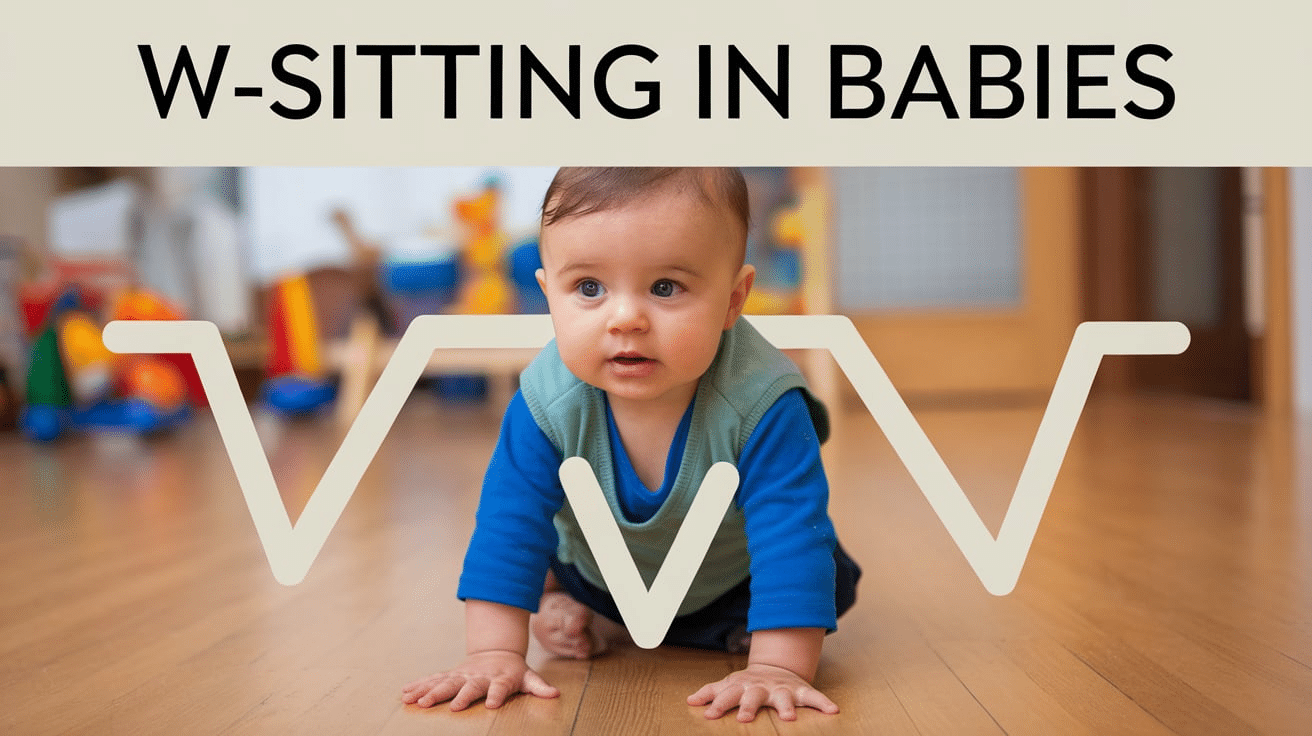
W-sitting, a common sitting position where a child’s legs form a ‘W’ shape on the floor, has become a topic of increasing interest among parents and healthcare professionals.
While this position naturally emerges during a child’s developmental travel, understanding its implications is crucial for parents guiding their little one’s growth.
Like many aspects of childhood development, W-sitting exists in a range of normal behaviors, yet it warrants thoughtful attention to ensure it doesn’t impact overall physical development.
This comprehensive guide analyzes the biomechanics behind W-sitting, its potential effects on development, and practical strategies for nurturing healthy sitting habits.
By understanding when this position is part of normal development and when it might signal the need for professional attention, parents can make informed decisions about their child’s postural habits while maintaining a positive, nurturing approach to their physical development.
The Science Behind W-Sitting
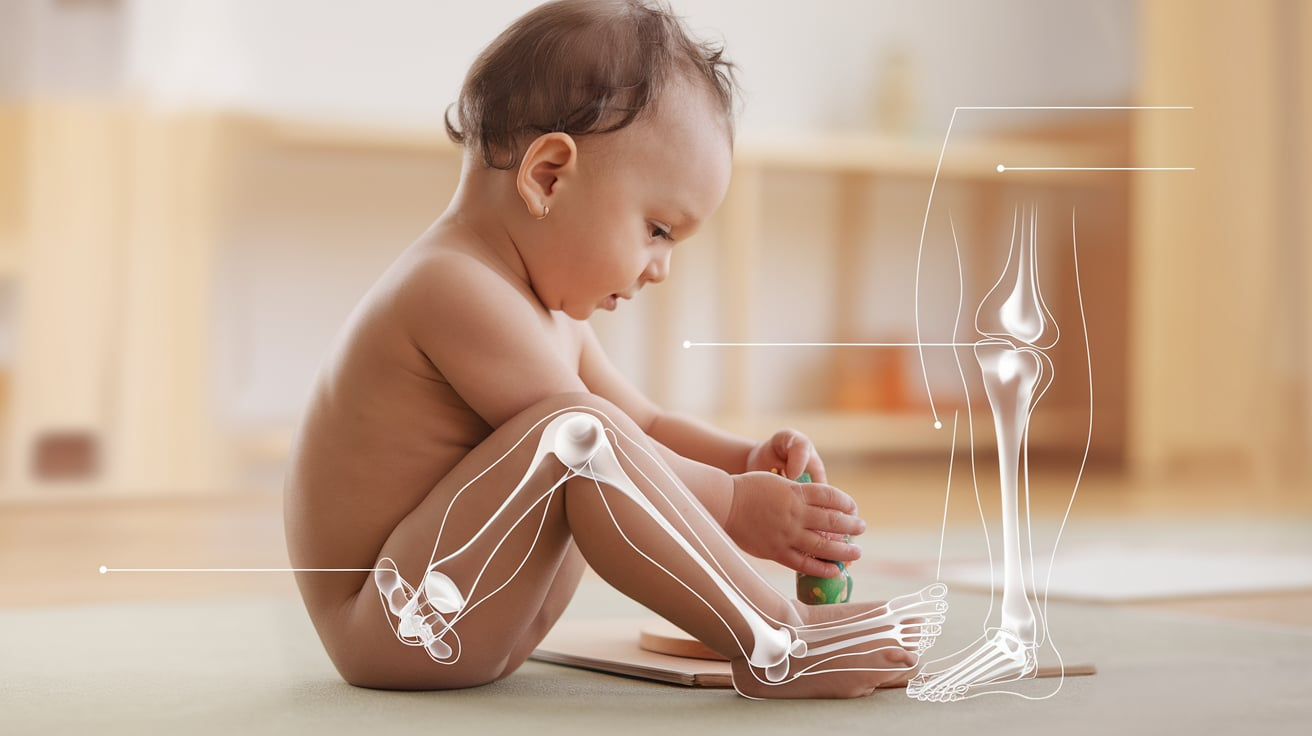
Children naturally adopt W-sitting – where their legs form a ‘W’ shape on the floor – for sound biomechanical reasons.
This position provides exceptional stability during play by creating a wider base of support and lowering the center of gravity, similar to how a tripod stabilizes a camera.
Young children’s unique anatomy makes W-sitting possible through greater hip flexibility and internal rotation than adults. Their more pliable joints and tissues allow them to maintain this position comfortably.
Medical experts hold varying views. Pediatricians typically see occasional W-sitting as normal, while physical therapists caution against overuse, citing potential impacts on core strength and coordination.
The International Hip Dysplasia Institute clarifies that while W-sitting doesn’t cause hip dysplasia, children with pre-existing conditions should be monitored.
Rather than labeling W-sitting as “good” or “bad,” it’s best viewed as one of many natural positions in child development, with the key being variety in sitting positions while watching for any developmental concerns.
When Does W-Sitting Become a Concern?
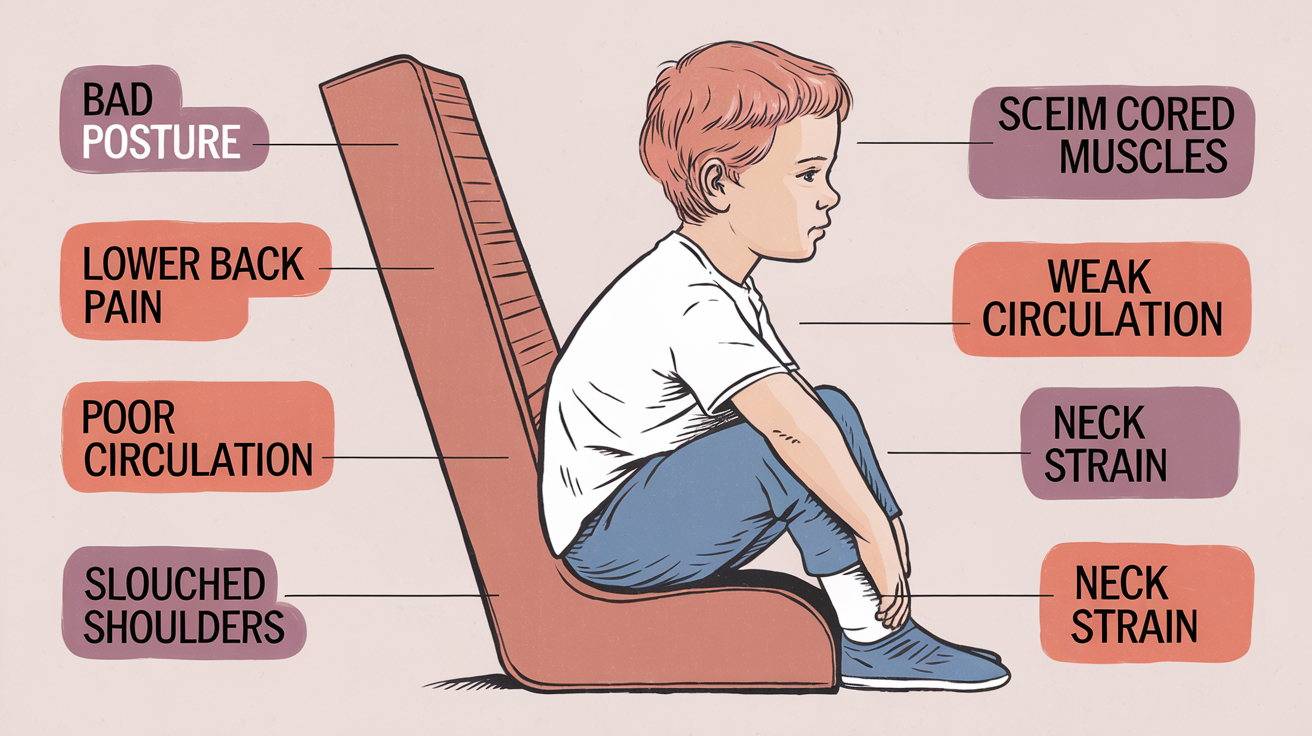
While W-sitting is generally normal in child development, certain patterns can signal potential issues that warrant attention.
Parents should be particularly observant when their child consistently chooses W-sitting as their primary position, showing reluctance or difficulty in adopting other sitting positions during play.
Key warning signs include noticeable clumsiness, delays in reaching motor skill milestones, or persistently poor posture.
Children with pre-existing joint or muscular conditions require special attention, as W-sitting might exacerbate their conditions.
Extended periods of W-sitting can contribute to several developmental challenges. The reduced need for core muscle engagement may lead to weak trunk muscles and poor posture.
Hip and leg muscle tightness can develop, potentially affecting mobility. Furthermore, the position’s inherent stability might limit cross-body movements, which is crucial for developing coordination and balance.
Importantly, excessive W-sitting can impact hand dominance development. The position’s stability may reduce the natural challenge of maintaining balance while reaching across the body, potentially delaying the establishment of hand preference.
Encouraging Healthy Sitting Habits in Children

Helping children develop better sitting habits should be a fun and engaging experience rather than strict correction.
The goal is to introduce alternative sitting positions in a way that feels natural and exciting. Playful encouragement and interactive activities can promote better posture and core strength.
1. Key Alternative Sitting Positions
Encouraging children to explore different sitting positions helps improve their posture and overall muscle development.
Making these positions sound fun and exciting increases their chances of naturally adopting better habits.
Here are some engaging alternatives to W-sitting:
- Criss-cross sitting (pretzel style) – Encourages balance and flexibility.
- Side-sitting (mermaid/pirate style) – Promotes hip movement and posture control.
- Long-sitting (astronaut position) – Strengthens the core and improves leg flexibility.
- Kneeling or squatting (explorer stance) – Enhances stability and lower body strength.
2. Fun and Engaging Phrases Over Negative Correction
Correcting sitting habits doesn’t have to be a battle. Instead of telling children what not to do, guide them with playful and engaging prompts.
This makes the transition to better sitting habits smoother and more enjoyable for them.
Try these fun alternatives:
- “Let’s sit like a strong superhero!“ – Encourages confidence and stability.
- “Can you show me your butterfly sitting?“ – Adds creativity and imagination to posture changes.
- “Time for astronaut sitting with our rockets (legs) ready for launch!” – Makes long sitting feel like an exciting space adventure.
3. Fun Activities to Promote Core Strength and Coordination
Strengthening a child’s core and improving coordination through play is one of the best ways to encourage good sitting habits.
Activities that engage their muscles and promote movement naturally guide them toward healthier postures.
Here are some enjoyable options:
- Animal yoga poses – Mimicking animals makes stretching and posture control fun.
- Balance beam adventures – Improves stability, coordination, and muscle control.
- Twister games – Enhances flexibility and encourages varied movement.
- Obstacle courses – Promotes strength and endurance while making movement exciting.
- Dance parties – Helps with rhythm, balance, and full-body coordination.
4. Keep It Playful and Encouraging
The key to success is making these sitting positions feel natural and pleasant rather than forced.
Use playful redirection, like gentle tickles or interactive games, to encourage movement and position changes.
Making posture adjustments a fun part of everyday play provides long-term benefits for your child’s physical development.
Myths & Facts About W-Sitting
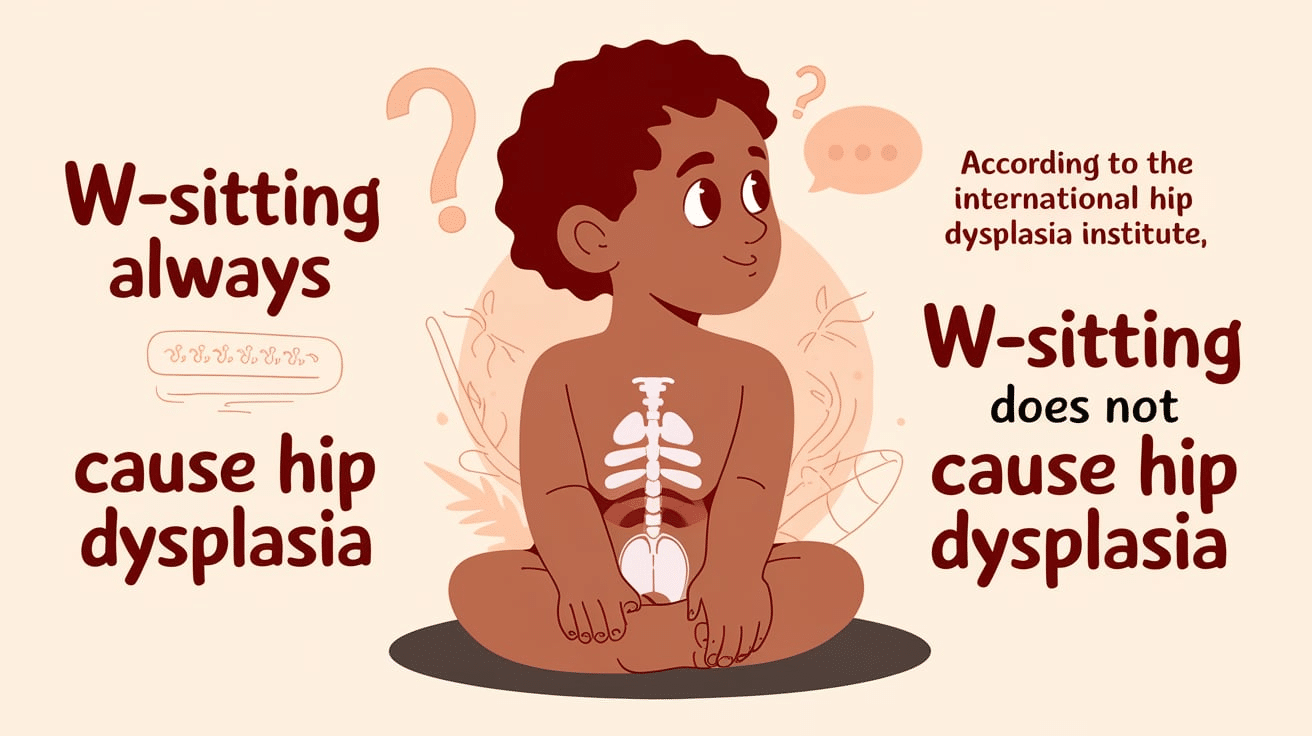
Let’s decode the myths surrounding W-sitting and uncover scientific evidence to guide parents in making well-informed choices about their child’s development.
As every child’s developmental expedition is unique, understanding W-sitting requires looking beyond simple “good” or “bad” labels.
Like many aspects of childhood development – from learning to walk to establishing hand dominance – W-sitting exists on a spectrum of normal behaviors that vary by child and circumstance.
Myth 1 – W-Sitting Always Causes Hip Dysplasia
Many parents worry that allowing their child to W-sit will lead to hip dysplasia. However, the International Hip Dysplasia Institute has stated that W-sitting does not cause hip dysplasia.
While children with pre-existing hip conditions may need to limit this position, it doesn’t create the condition itself.
Think of it like writing with your hand tilted – it might be uncomfortable if you already have wrist issues, but it won’t cause wrist problems.
Myth 2 – Every Child Who W-Sits Will Have Posture Issues
The reality is more nuanced. Children who naturally switch between different sitting positions throughout their play rarely develop posture problems solely from W-sitting.
Problems typically arise when W-sitting becomes the only way a child sits. It’s similar to standing in one position all day, which isn’t ideal, but moving between different positions is perfectly healthy.
Myth 3 – Parents Should Force Their Child to Stop W-Sitting Immediately
Forcefully correcting a child’s sitting position can create unnecessary anxiety and resistance.
Instead, the research supports a gentler approach to promoting varied positions through positive reinforcement and engaging activities.
It’s like introducing new foods – forcing creates opposition while making it fun fosters natural exploration.
Key Facts to Remember:
– W-sitting is a normal part of development
– Most children naturally outgrow this position
– Variety in sitting positions is more important than eliminating W-sitting
– Individual circumstances and pre-existing conditions matter
– Positive encouragement is more effective than strict correction
When To Seek Professional Advice?
While W-sitting typically falls within normal developmental patterns, certain persistent behaviors or physical signs may warrant professional attention.
As parents, distinguishing between normal variations and potential concerns can be challenging. Early recognition and professional guidance can make a significant difference in addressing any underlying issues effectively.
Key Warning Signs
Watch for exclusive preference for W-sitting during all activities, especially when combined with:
- Noticeable difficulty with basic movements
- Persistent pain or discomfort in hips or legs
- Delayed motor skill development
- Poor balance or frequent falling
- Resistance to trying other sitting positions
Professional Support Network

1. Pediatrician
Your first point of contact is crucial in monitoring your baby’s growth and development. They assess key milestones to ensure your little one is progressing as expected.
They provide guidance and support tailored to your child’s needs if any concerns arise. Their expertise helps identify potential issues early, allowing for timely intervention.
When necessary, they make specialist referrals to ensure your baby receives the best care possible.
2. Occupational Therapist
A specialist assesses your baby’s daily movement patterns to ensure proper motor development. They observe posture, coordination, and muscle engagement to identify any concerns.
Based on their assessment, they suggest positioning strategies that promote stability and balance. Additionally, they develop core-strengthening activities to improve muscle control and overall strength.
These interventions support healthy movement and help prevent future postural issues.
3. Physical Therapist
A specialist assesses your baby’s muscle strength and flexibility to ensure balanced development. They carefully evaluate movement patterns to identify any weaknesses or tightness.
Based on their findings, they create targeted exercise programs to improve strength and coordination.
Additionally, they monitor joint health and mobility, addressing any concerns early on. This proactive approach supports proper movement, posture, and overall physical well-being.
Remember: Early intervention often leads to better outcomes. Trust your parental instincts, and don’t hesitate to seek professional guidance when concerned about your child’s development or movement patterns.
Final Words
Understanding W-sitting is essential for supporting healthy child development while avoiding unnecessary concerns.
The key lies in balance – recognizing that while W-sitting is a normal part of childhood, variety in sitting positions promotes optimal physical development.
Parents should encourage diverse movement patterns through playful, positive approaches rather than strict correction or excessive worry.
If concerns arise, particularly when W-sitting is attended by developmental delays or physical discomfort, professional guidance is readily available through pediatricians, occupational therapists, and physical therapists.
Remember that each child’s developmental trip is unique, and what matters most is maintaining a supportive, observant approach while providing proper development through varied movement and positions.
By staying informed and attentive while keeping a balanced perspective, parents can effectively guide their children through this natural phase of physical development.





